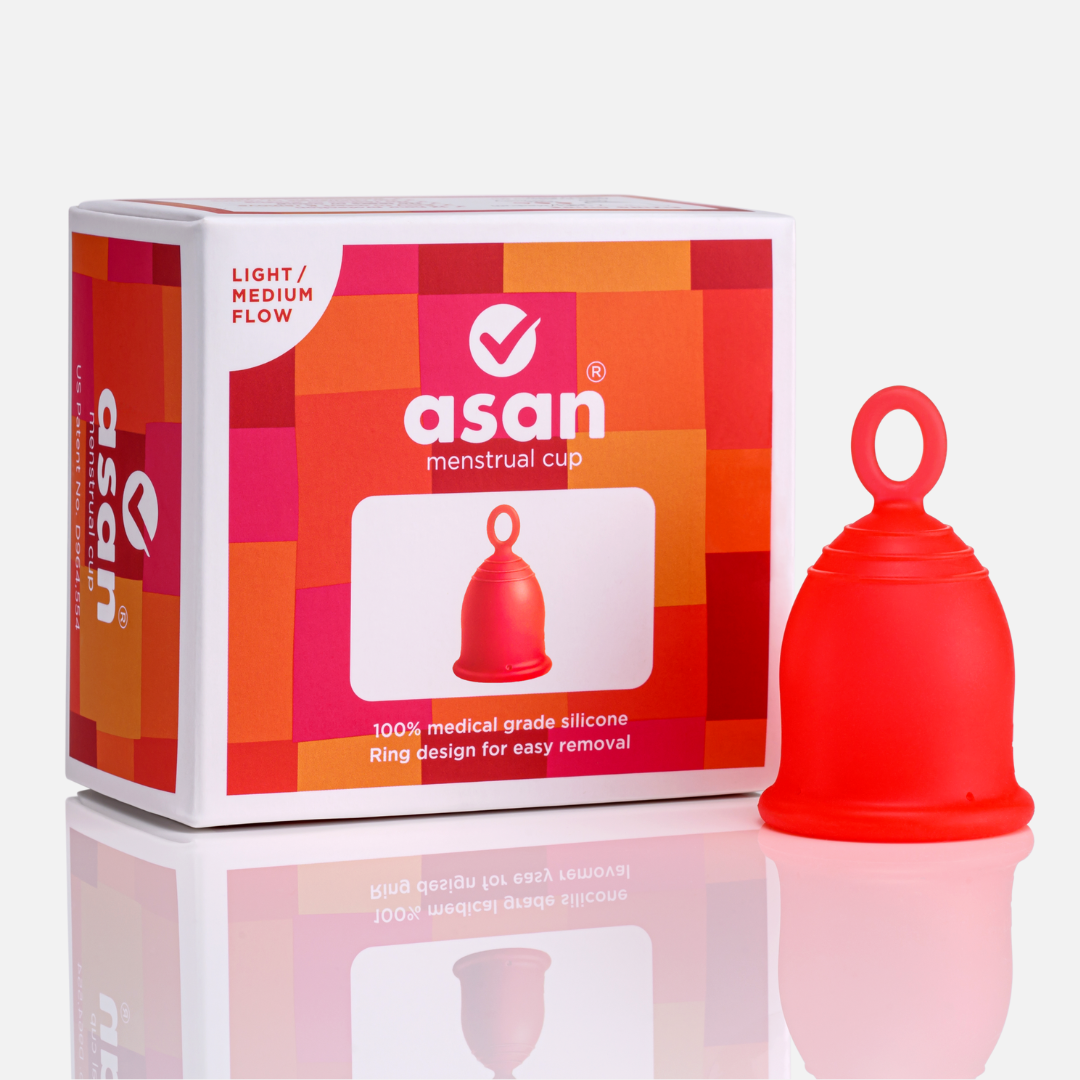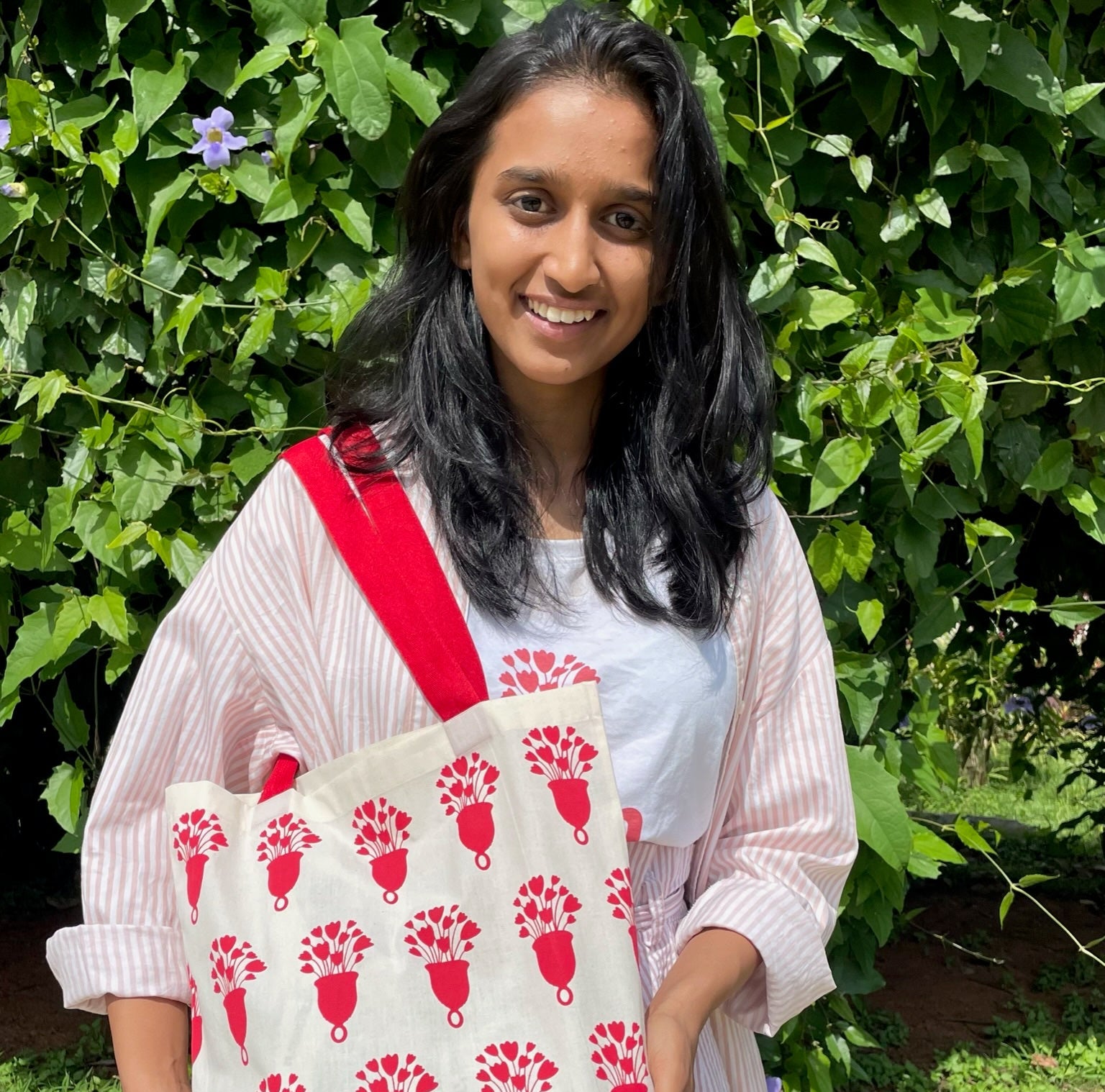

This blog is written by 19-year-old student Kaashvi. Kaashvi is passionate about environmental causes and is pursuing a degree in Environmental Science and International Relations in the University of British Columbia
When I was 14, I made the switch to a reusable menstrual cup. At that age, I didn’t know much about the environmental impact of period products. I was curious, a little brave, and wanted something that wasn’t wasteful. Looking back now, at 19, I realize how much of a difference that one choice has made, not just for me, but for the planet.
Because here’s the truth: the cost of disposable period products to the environment is far greater than we imagine.
Understanding the scale of menstrual waste
To really understand the scale of the problem, let’s look at the numbers…
In the UK alone, 200,000 tonnes of menstrual waste are generated every year. India generates approximately 137,000 tonnes of menstrual waste annually, equivalent to roughly 12.3 billion used sanitary napkins.
If those numbers feel abstract, picture this: that’s the equivalent weight of more than 1,300 blue whales or over 20,000 double-decker buses - and this is all created by something as routine as a period.
Along with the pad and tampon itself, it’s important to consider the waste generated by packaging. From a tampon wrapper to the bright outer packet that stores pads, it all contributes towards environmental waste.
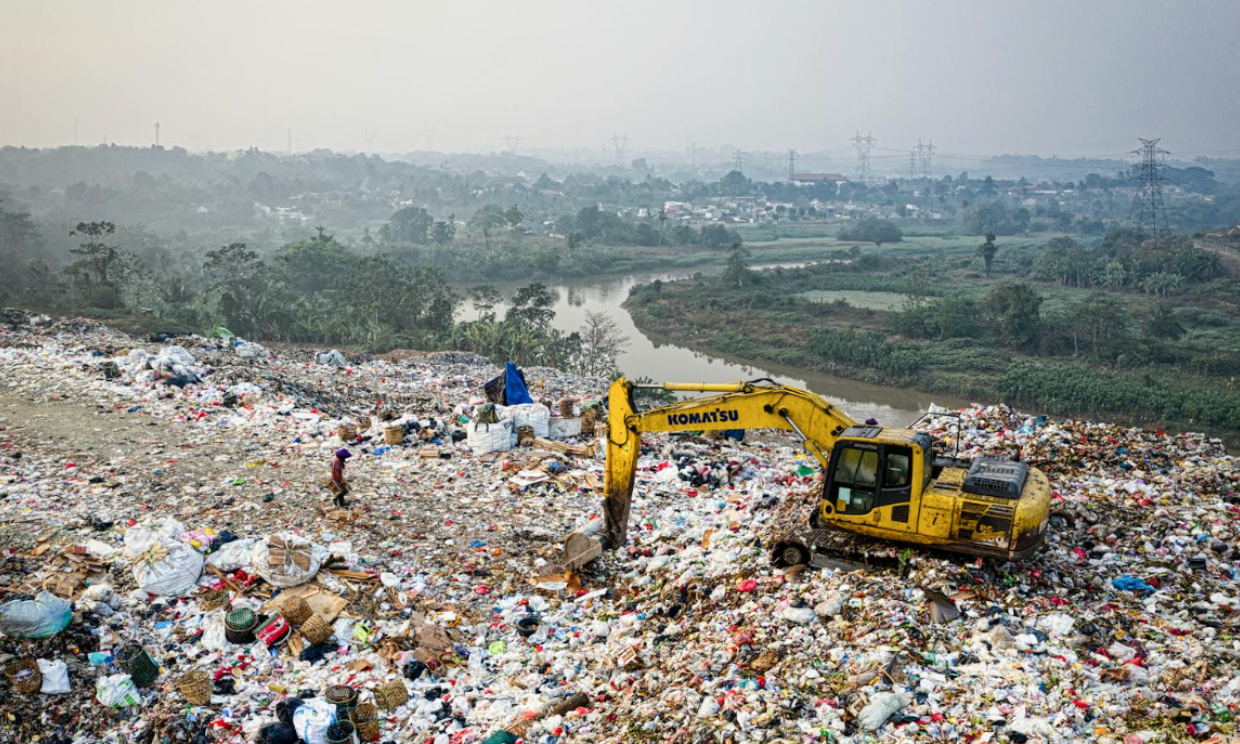

How long do pads and tampons take to decompose?
A single sanitary pad can take anywhere from 500 to 800 years to fully decompose. That means every pad you or I have ever used is still out there today, buried under layers of trash and intoxicating our soil.
Unlike a plastic bottle that can be recycled, sanitary pads are almost never collected and processed. As a result they end up polluting our waterways or ending up in landfill.
So when we think about the environmental impact of period products, it’s not just another small thing we “toss out” every month - but a legacy of waste that will linger for generations to come.
Disposable vs reusable period products: The environmental cost
When we look at the life cycle assessment of disposable vs reusable period products, the contrast is drastic.
It considers everything: the raw materials, production, packaging, transport, usage, and final disposal.
For disposables like pads and tampons, the environmental costs stack up at every stage:
- Raw materials and Manufacturing: Most contain cotton or viscose for absorbency, crops and fibres that demand large amounts of water, land, and heavy use of pesticides and fertilizers. Alongside this, plastic in sanitary pads are made from petroleum or fossil fuels.
- Packaging: Pads and tampons are individually wrapped in plastic and boxed for retail, almost always with non-biodegradable materials that significantly increase the volume of single-use waste. And lets not forget about the smaller items like adhesive strips that add to the cumulative environmental footprint.
- Transport: Millions of disposable products are shipped worldwide every month, adding to their carbon footprint.
- End-of-life: After a few hours of use, they’re thrown away, seeking homage in landfills and the microplastics from period products pollute waterways.
Waste from tampons and pads pollute the ecosystem every step of the way.
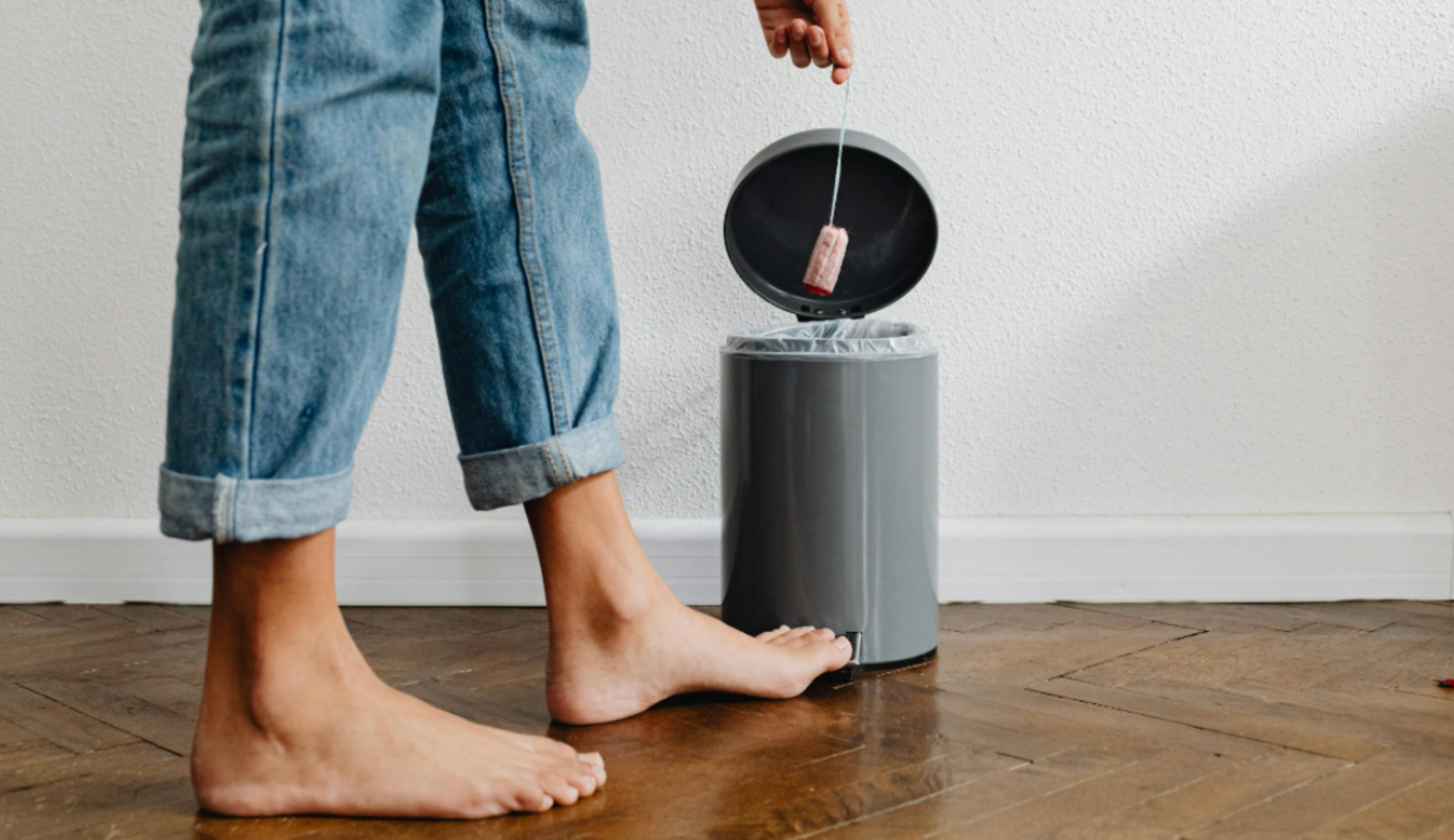

Now let's compare that to a reusable product. A single reusable, high-quality menstrual cup can be used for up to ten years. A period cup carbon footprint produces 1.5-5% of the environmental impact of using a disposable over the same lifetime.
Think about this:
- You just need a single product. Not thousands.
- The material used for menstrual cups is medical-grade silicone which is durable and long-lasting.
- Packing tends to be in cloth or boxes that you can reuse to store your period/menstrual cup.
- The only 'energy cost' after purchase simply includes washing your cup with hot water.
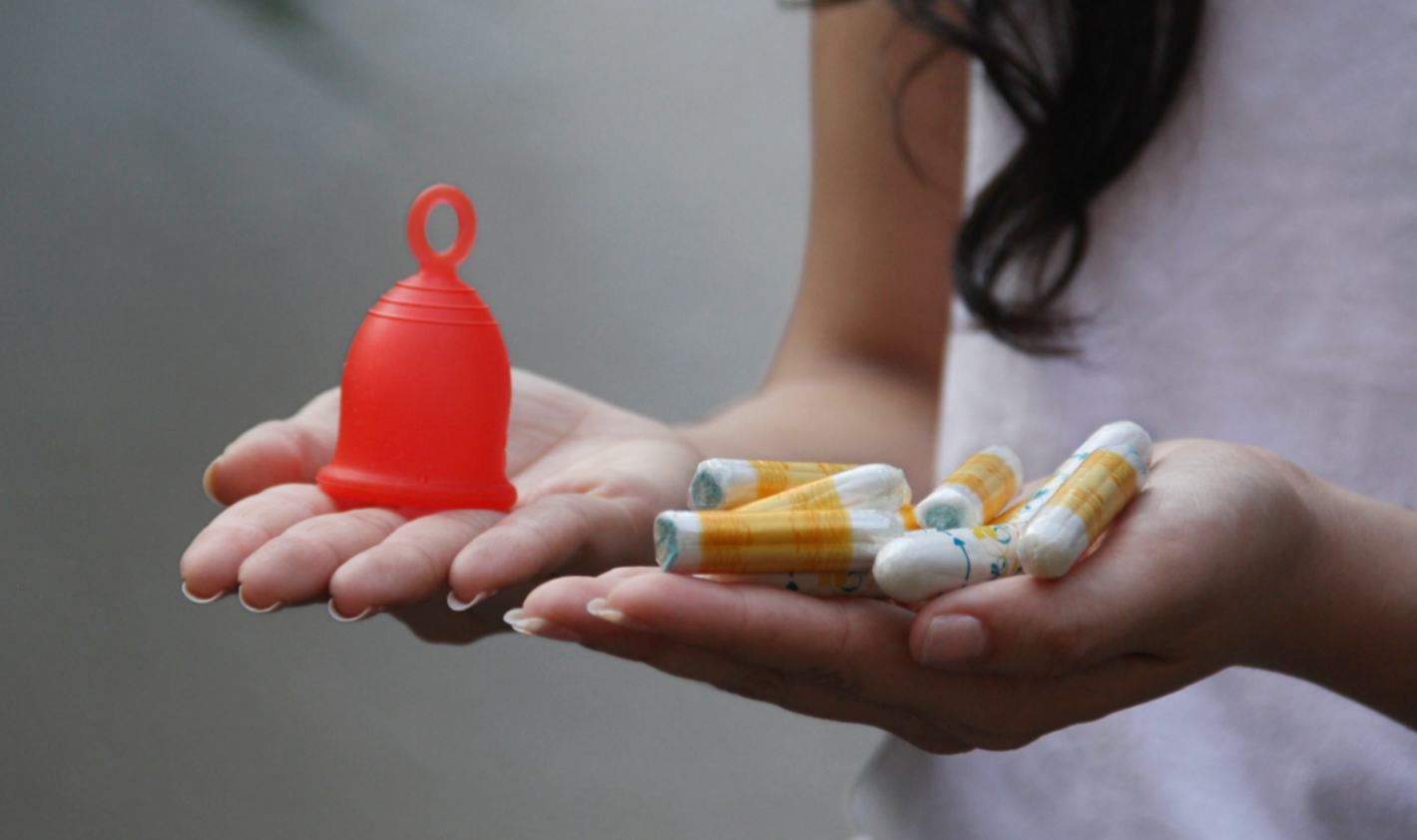

It's time to increase the use of sustainable menstrual products
Thankfully, we are seeing a global shift to sustainable period care that is kinder to our planet, our bodies and our wallets.
Even a small shift makes a big difference: if everyone replaced just one box of tampons per year with something like a reusable menstrual cup, it would keep millions of disposables out of landfills and oceans.
These alternatives not only reduce waste but also help rewrite the narrative of what sustainable periods can look like - practical, affordable, and better for the environment.
How can we make sustainable period products more accessible?
No discussion about sustainable periods is complete without addressing period poverty. Alternatives like menstrual cups, cloth pads and period underwear must be affordable and accessible to everyone that needs period care - regardless of income.
Many community programs are now distributing reusable products and education, helping reduce both environmental waste and menstrual inequity.
Through Asan’s 1-for-1 donation program, we ensure that for every menstrual cup purchased, one is donated to someone in India who lacks access to safe and high-quality period care.
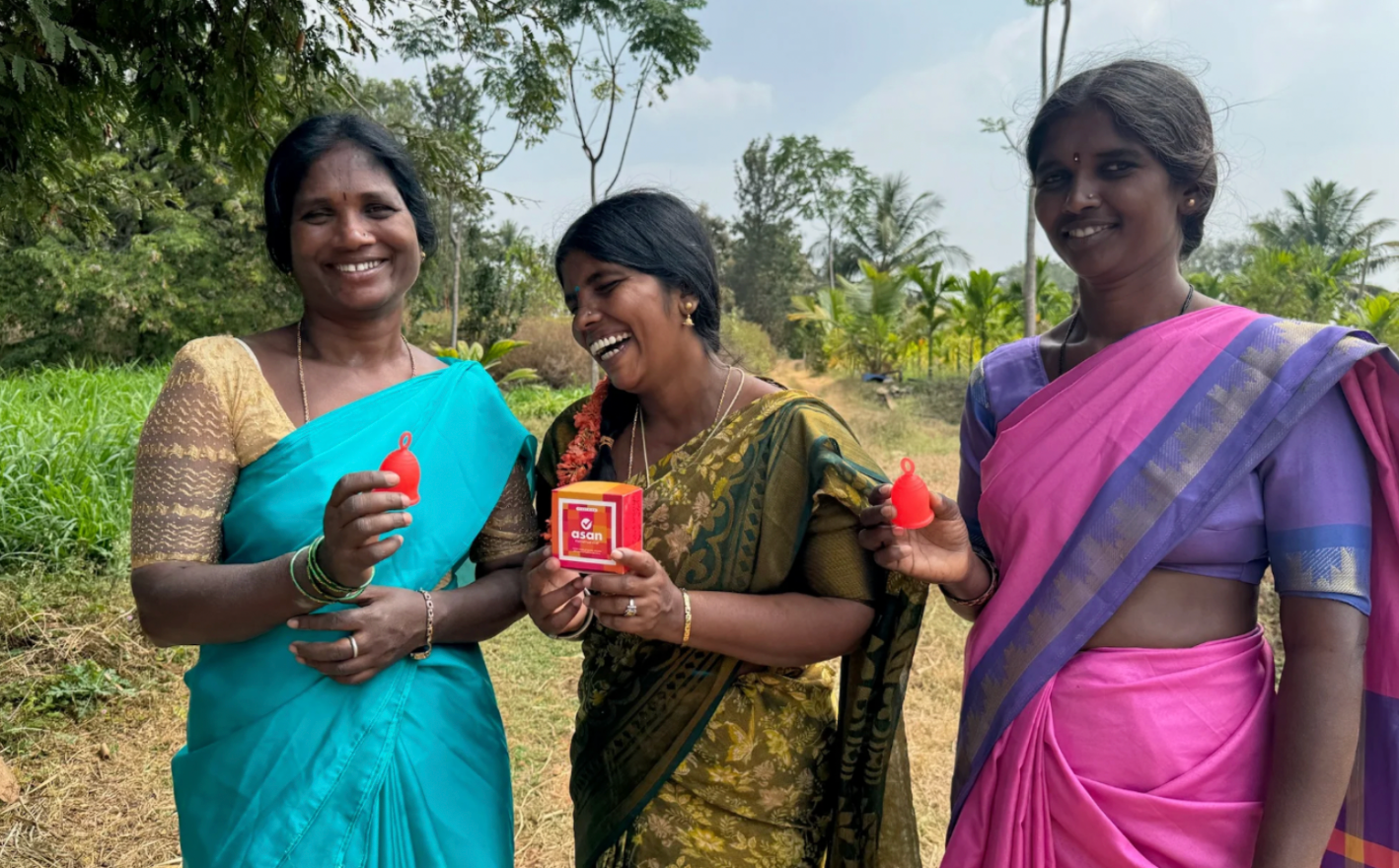

Every small change, whether it is switching to a menstrual cup, cloth pads, or period underwear, eradicates the insurmountable waste generated with every disposable menstrual product.
Lets negate waste entering landfills all together and stop marine pollution.
I’m happy I made the change as early as possible and reduced my carbon footprint drastically.
So join me and let's have the most comfortable zero-waste periods with the Asan menstrual cup.
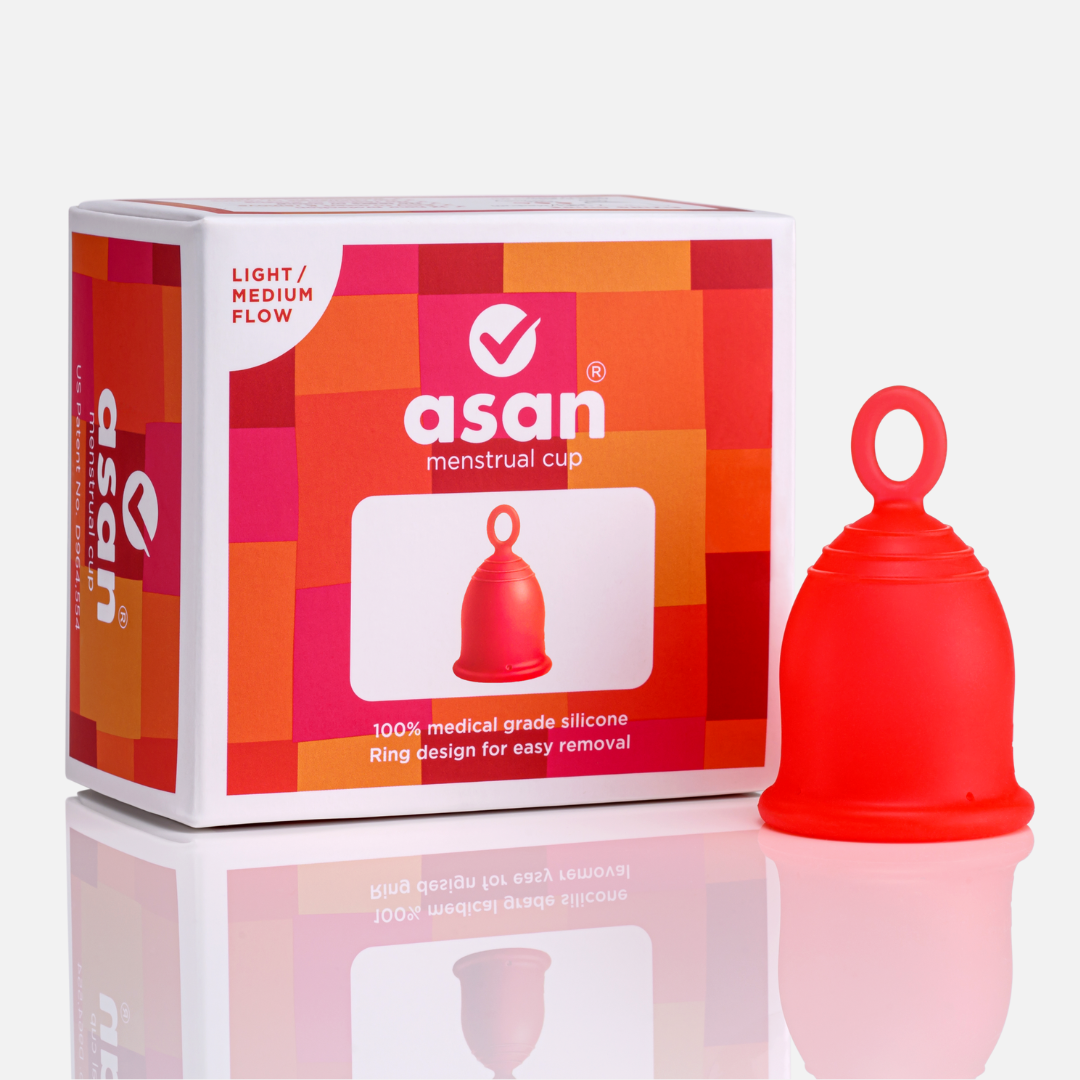
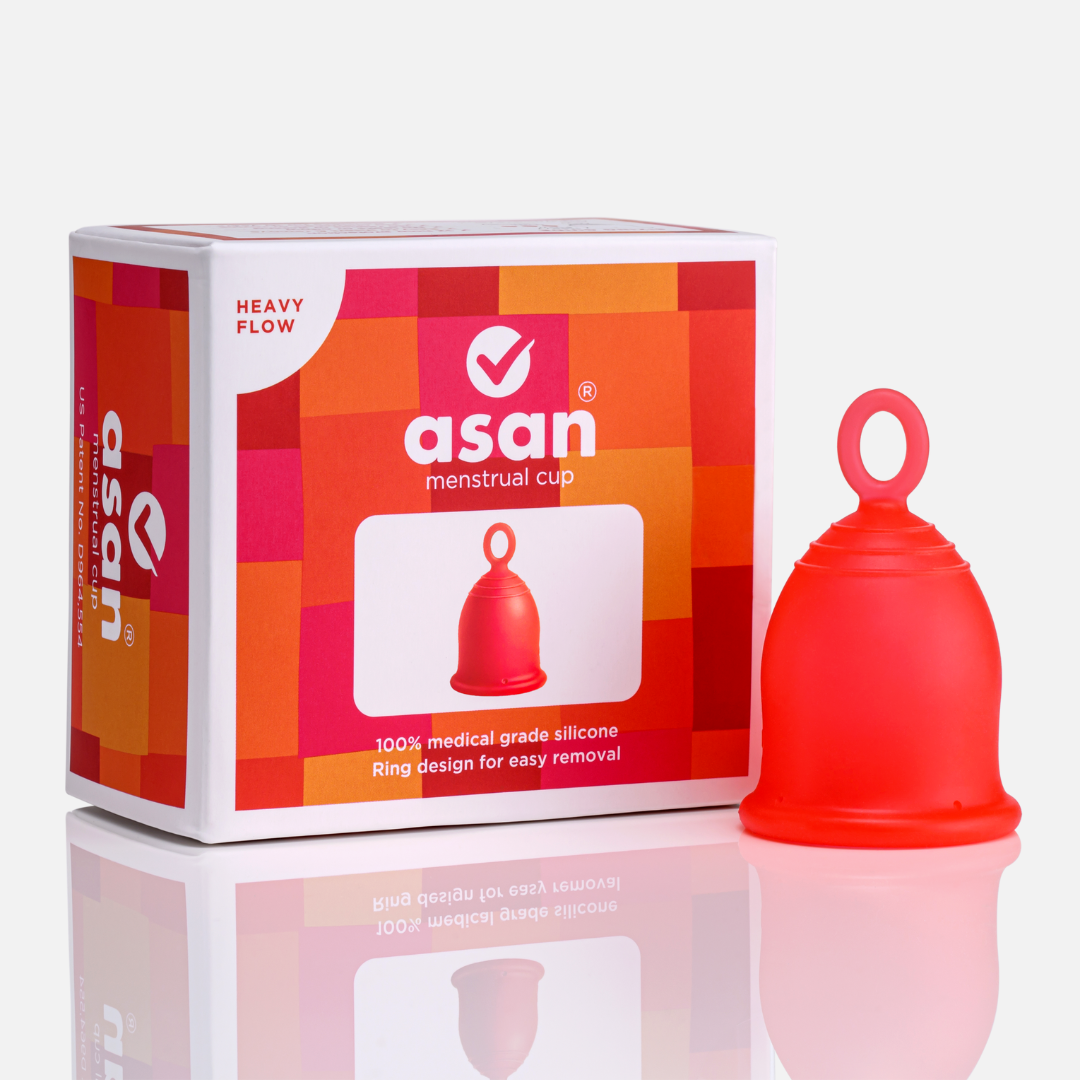
Asan Menstrual Cup
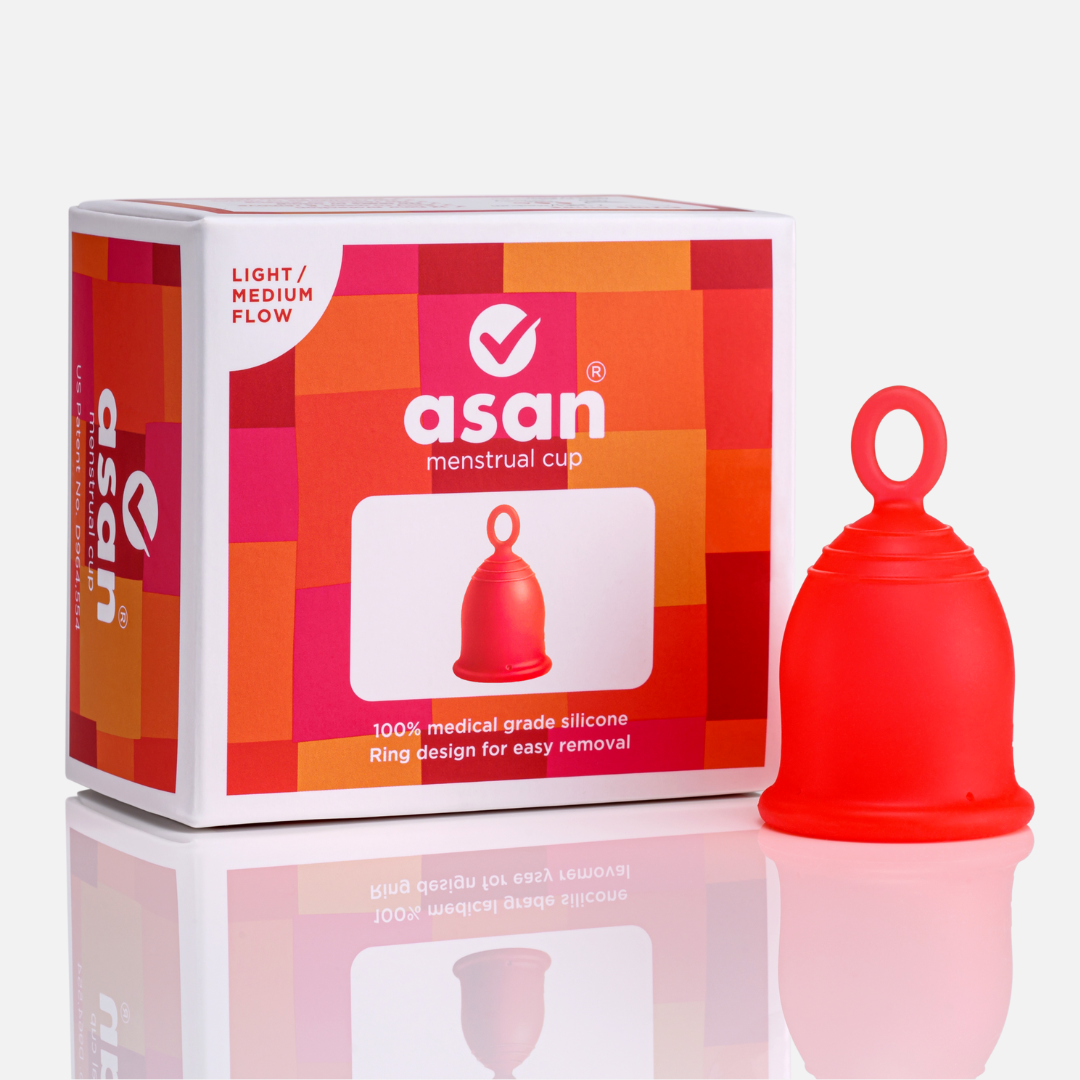

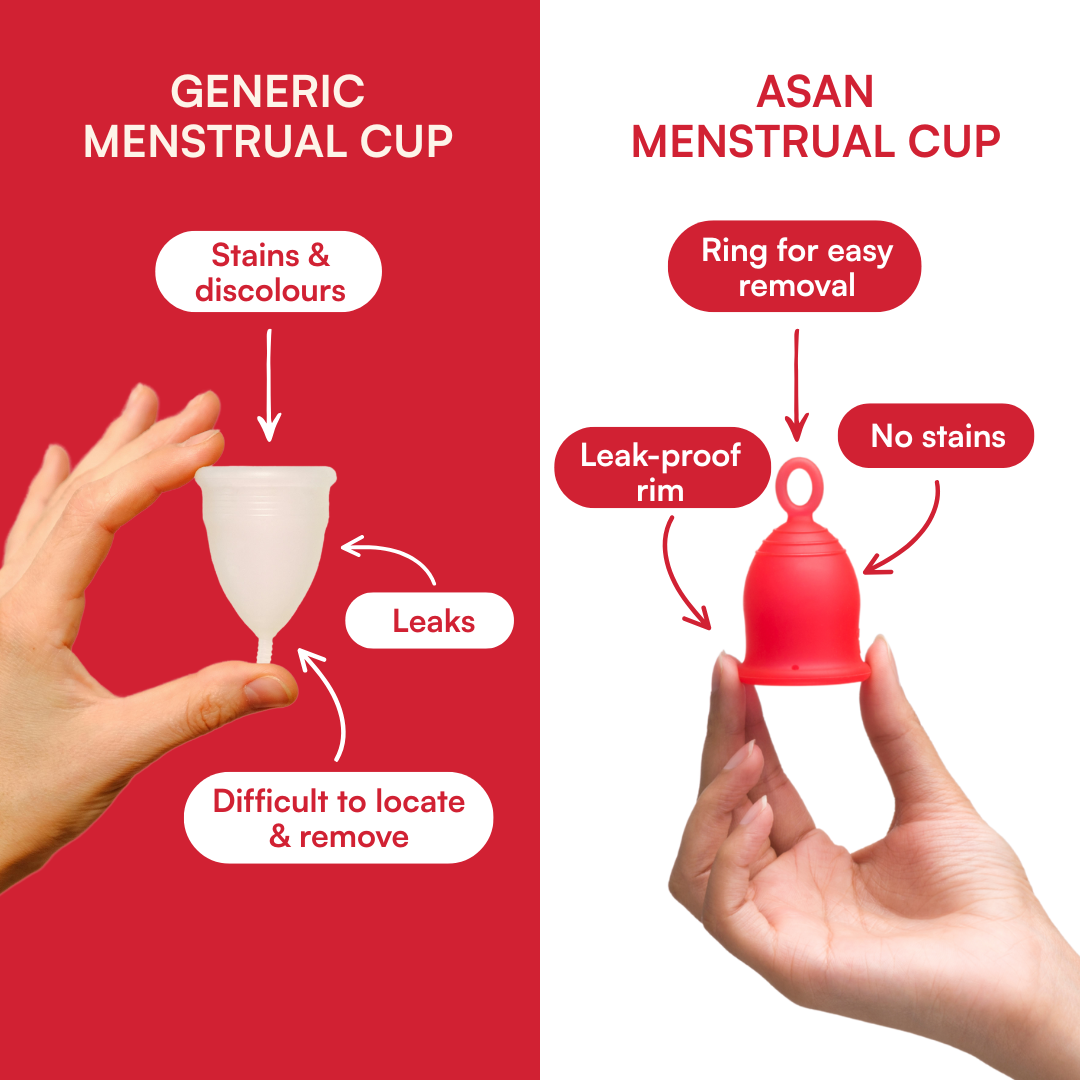
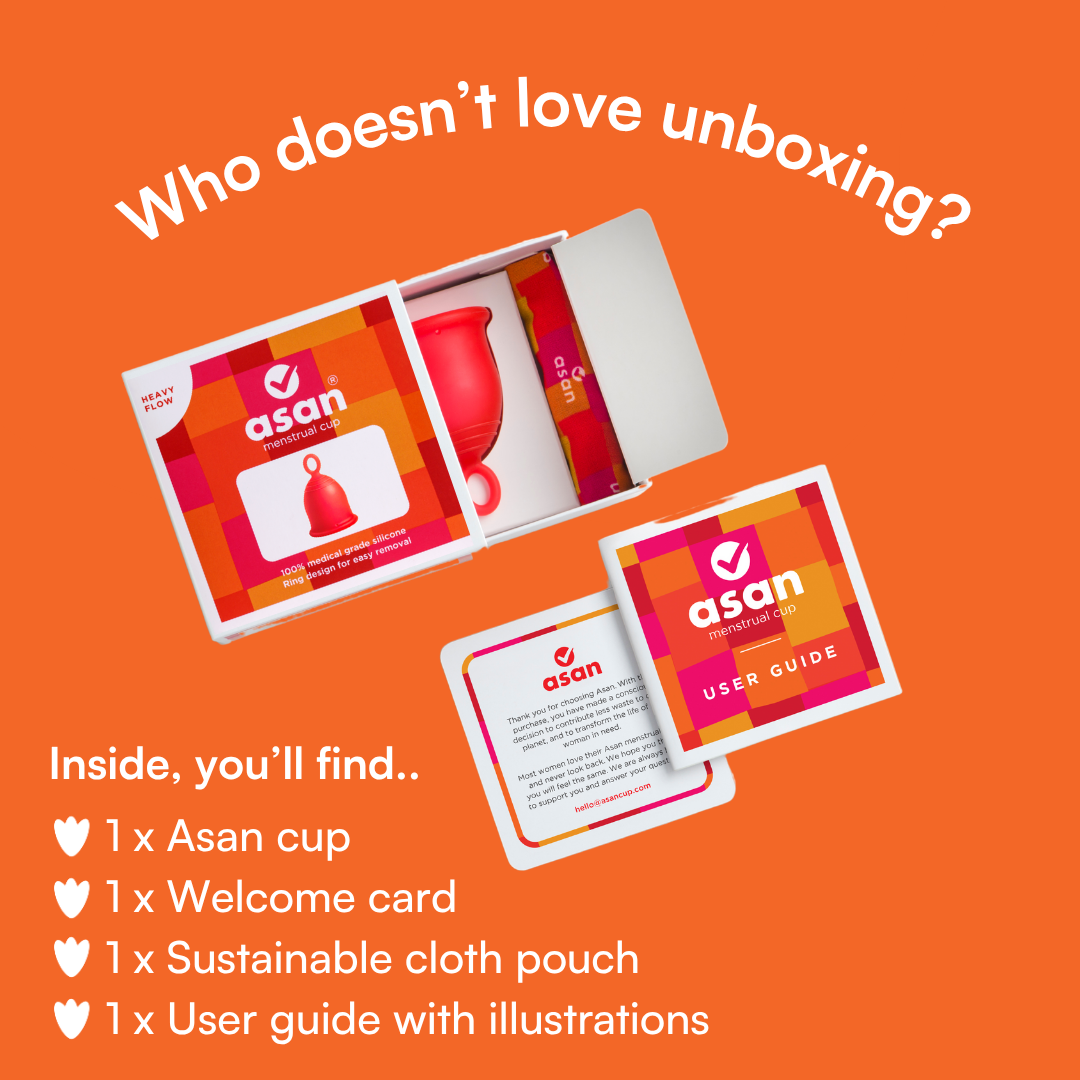
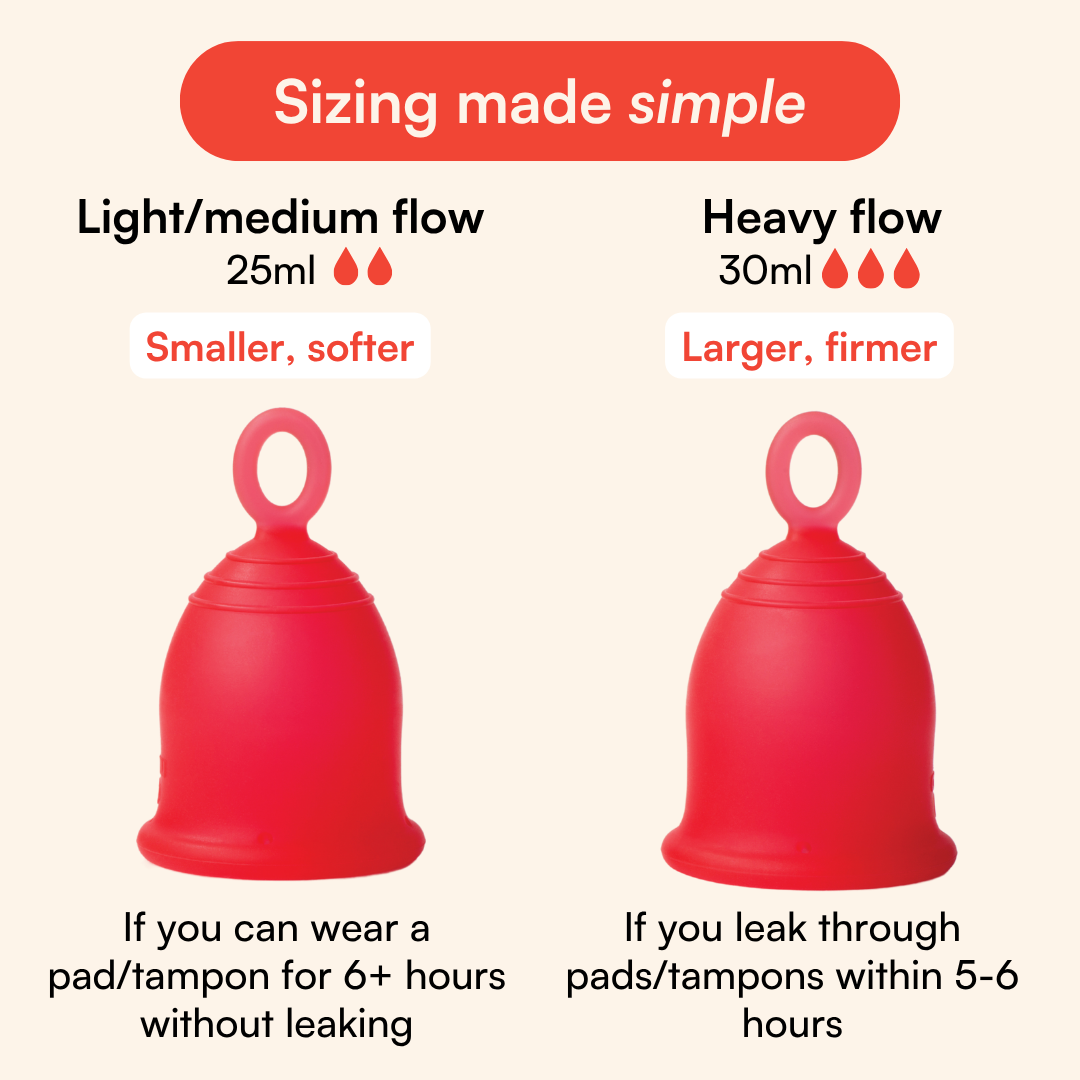
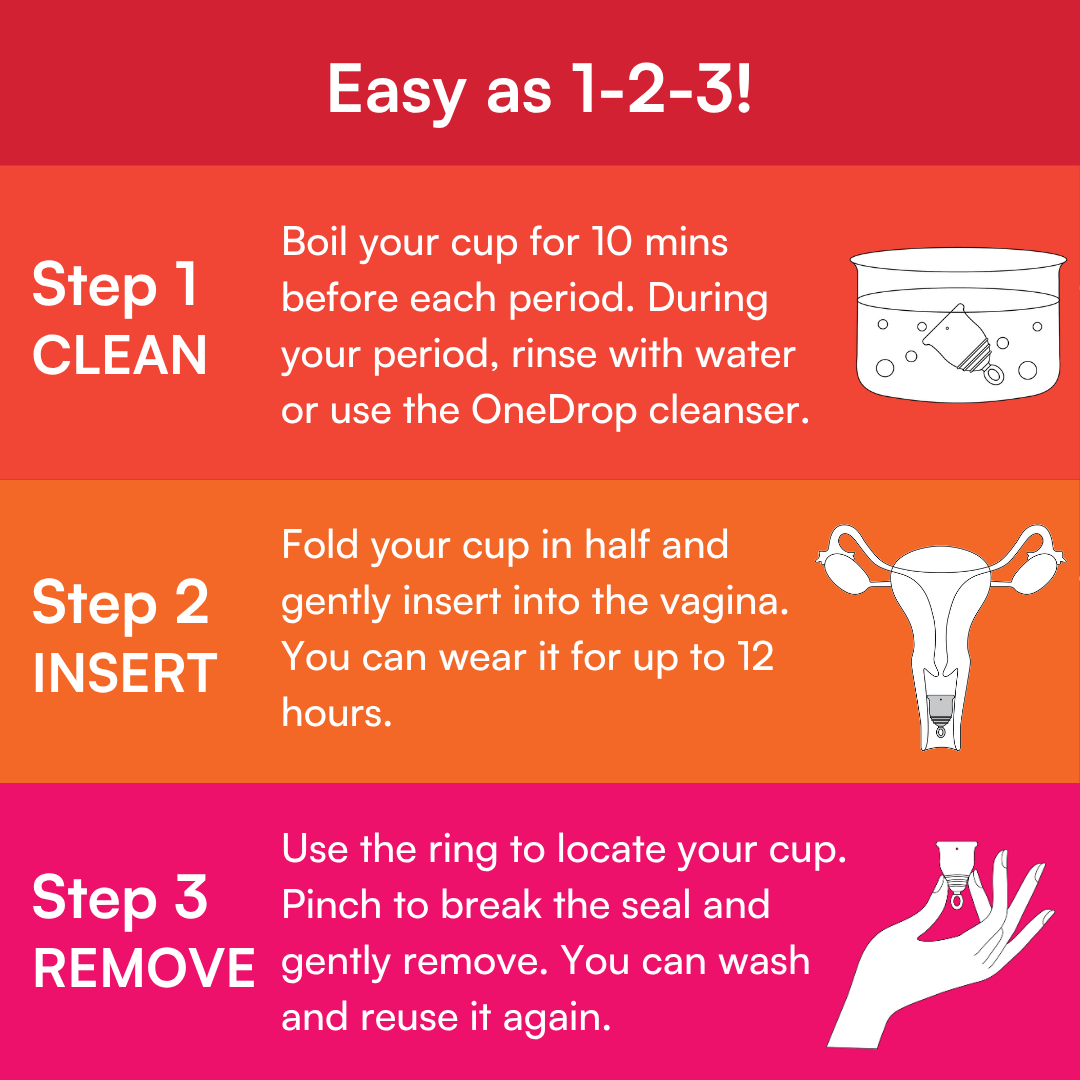
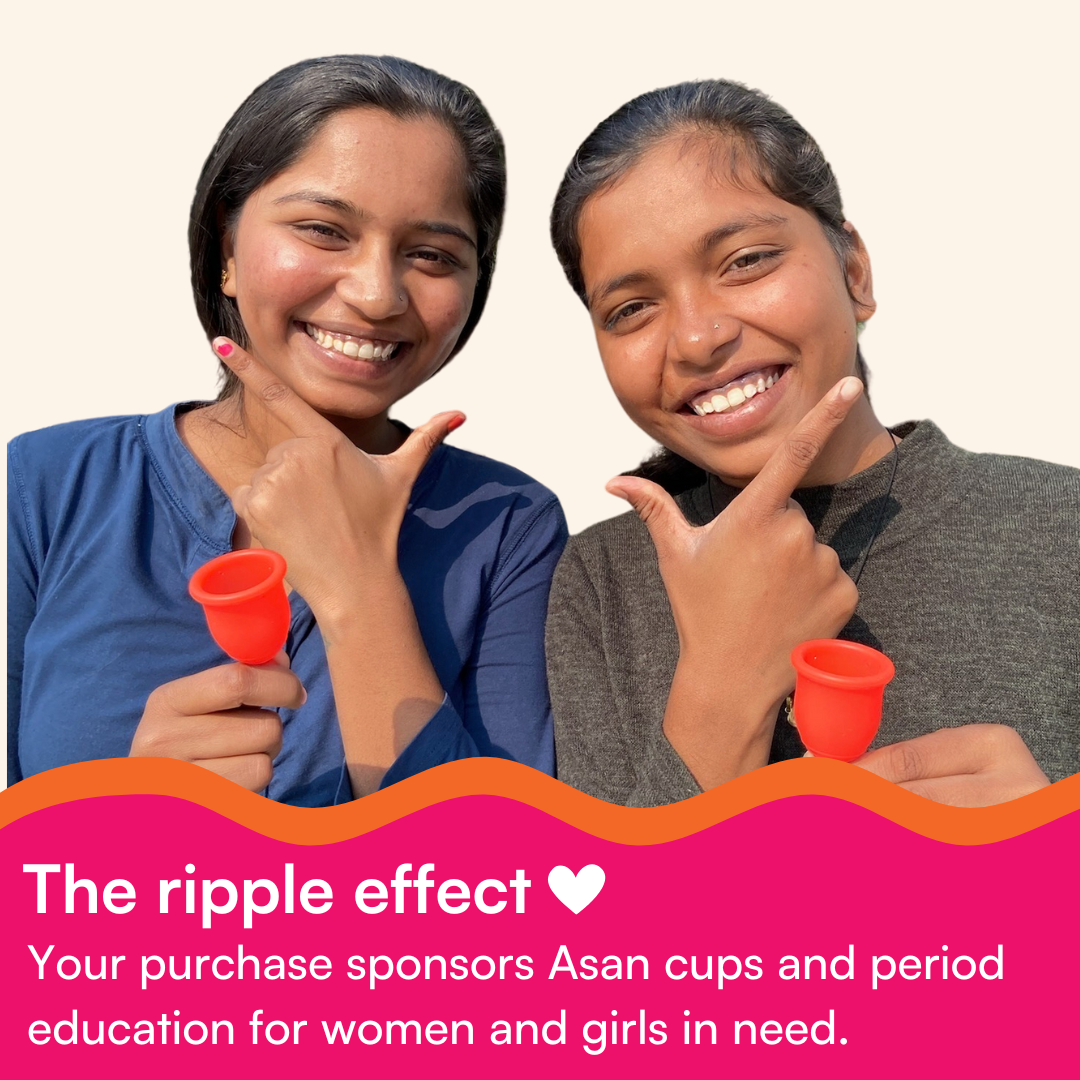
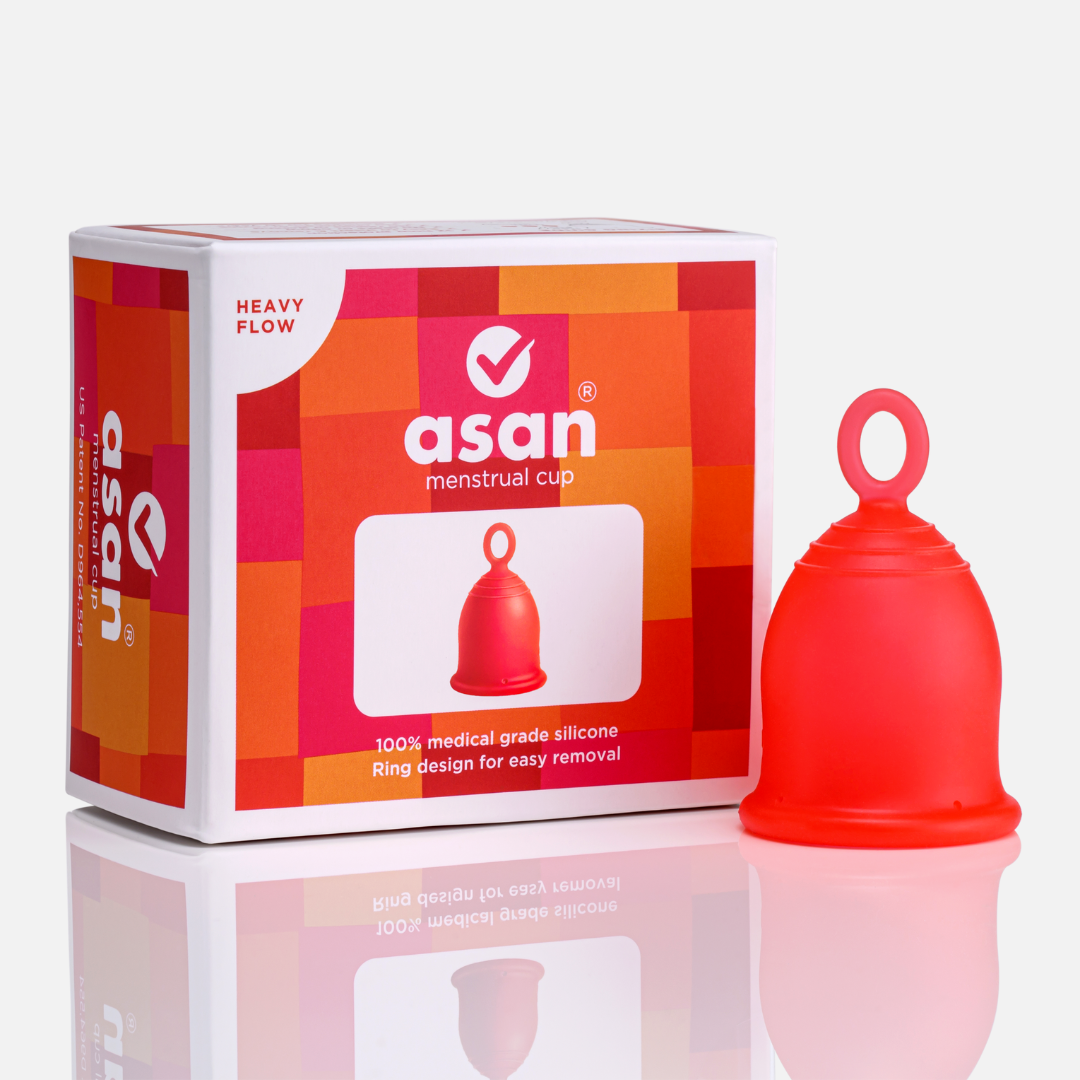
More Posts
View all-
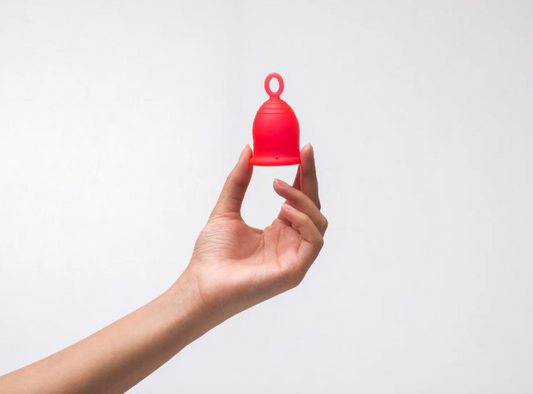
-
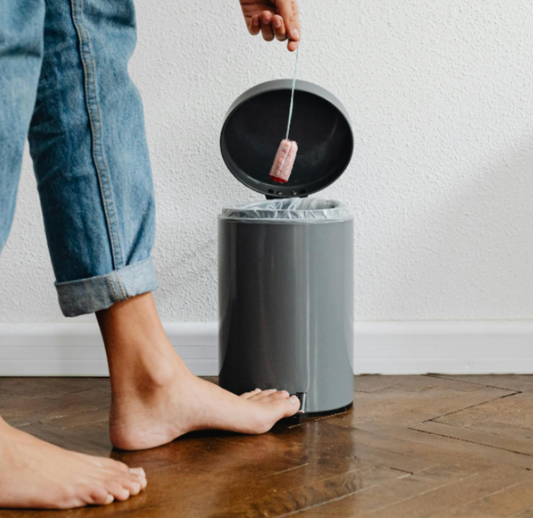
The hidden environmental cost of disposable period products
Understand the hidden environmental costs of single-use sanitary products.
The hidden environmental cost of disposable period products
Understand the hidden environmental costs of single-use sanitary products.
-

The rise of social ventures
In the UK, mission-led businesses are on the rise, growing from just 5,300 in 2003 to over 130,000 today. In this article for Maddyness, Asan’s founder Ira Guha reflects on her...
The rise of social ventures
In the UK, mission-led businesses are on the rise, growing from just 5,300 in 2003 to over 130,000 today. In this article for Maddyness, Asan’s founder Ira Guha reflects on her...
-

Top 10 tips to manage period bloating
Bloating before or during your period is common, but it doesn’t have to slow you down. Here are 10 easy, effective ways to manage PMS bloating and feel lighter during...
Top 10 tips to manage period bloating
Bloating before or during your period is common, but it doesn’t have to slow you down. Here are 10 easy, effective ways to manage PMS bloating and feel lighter during...
